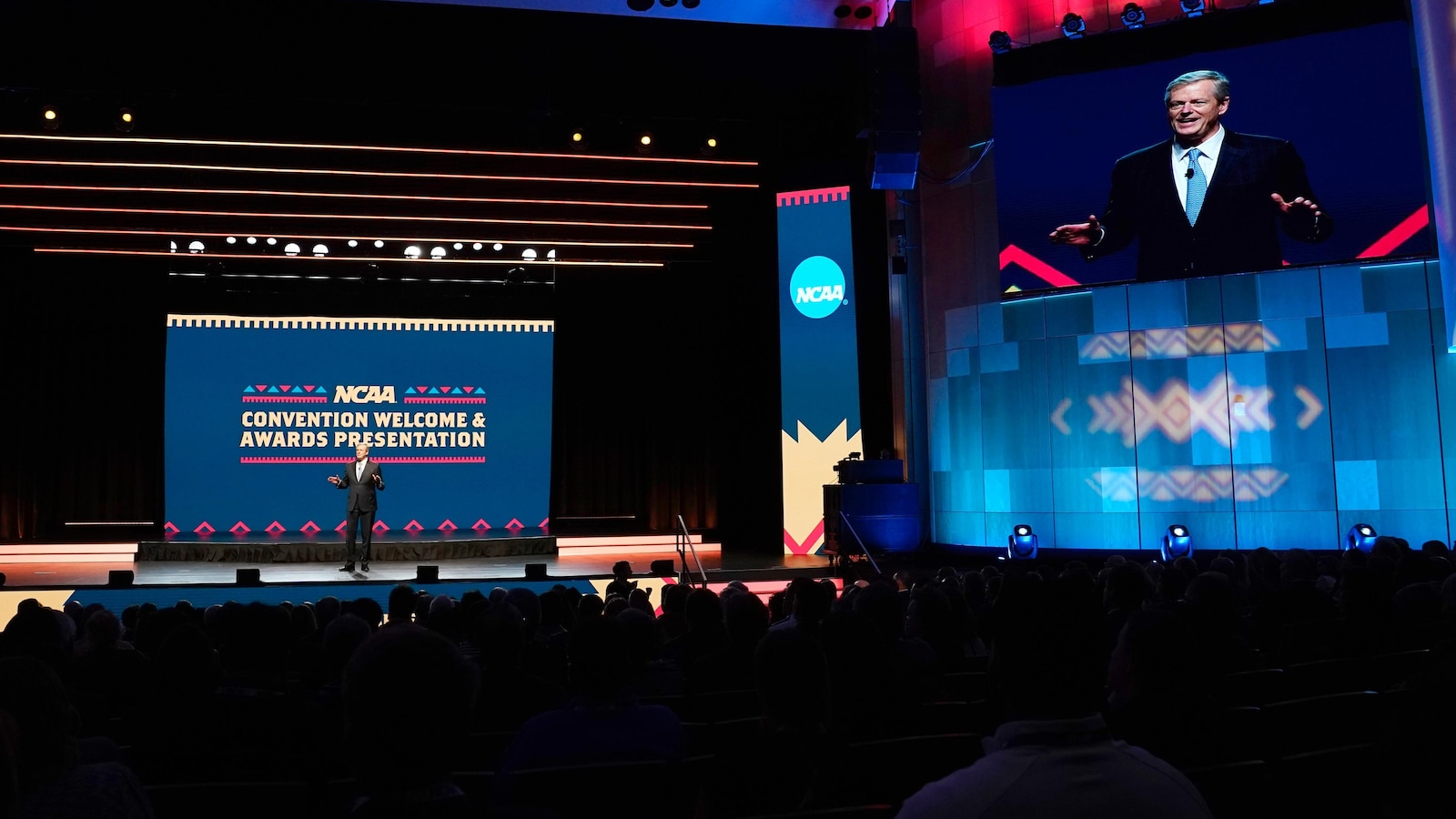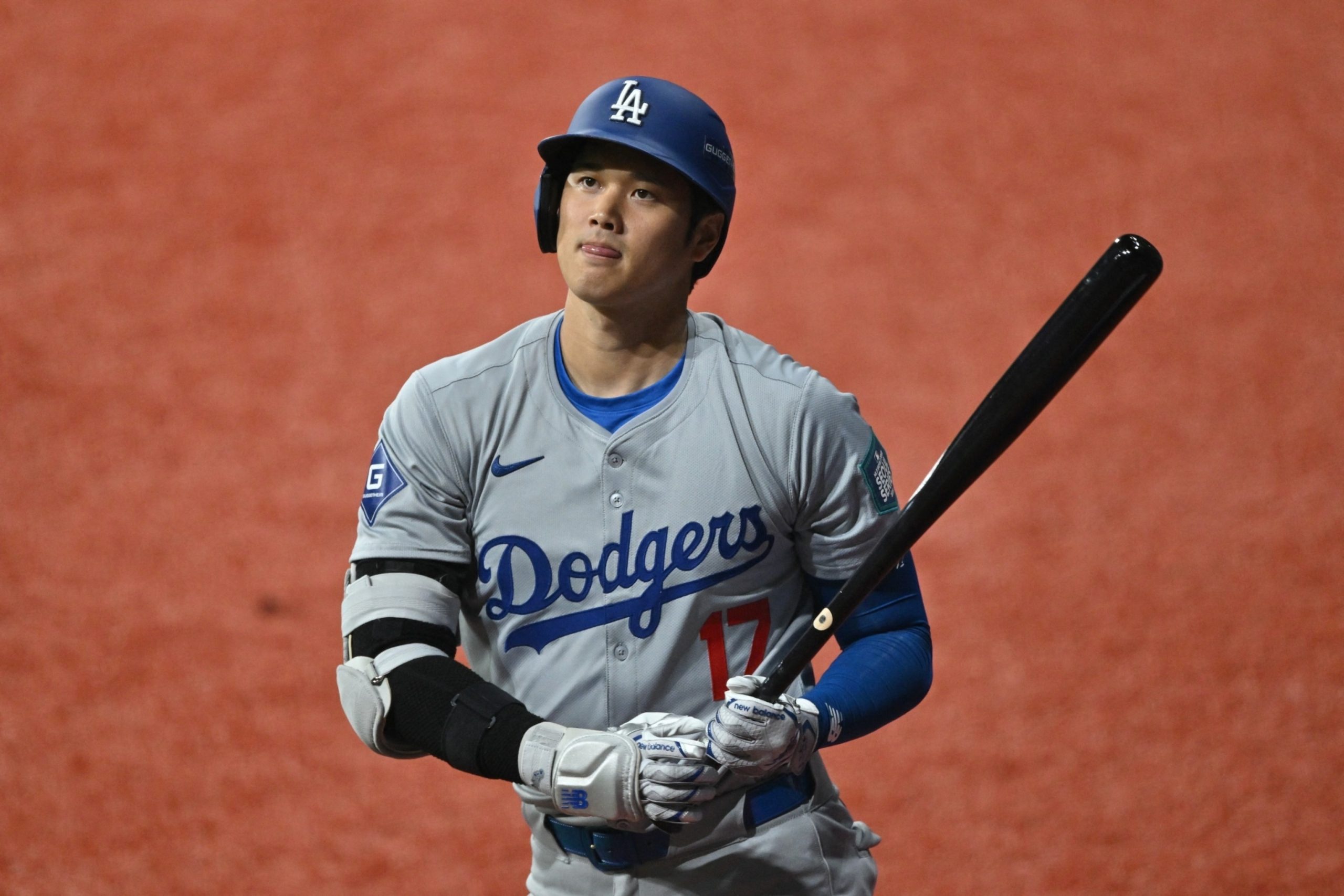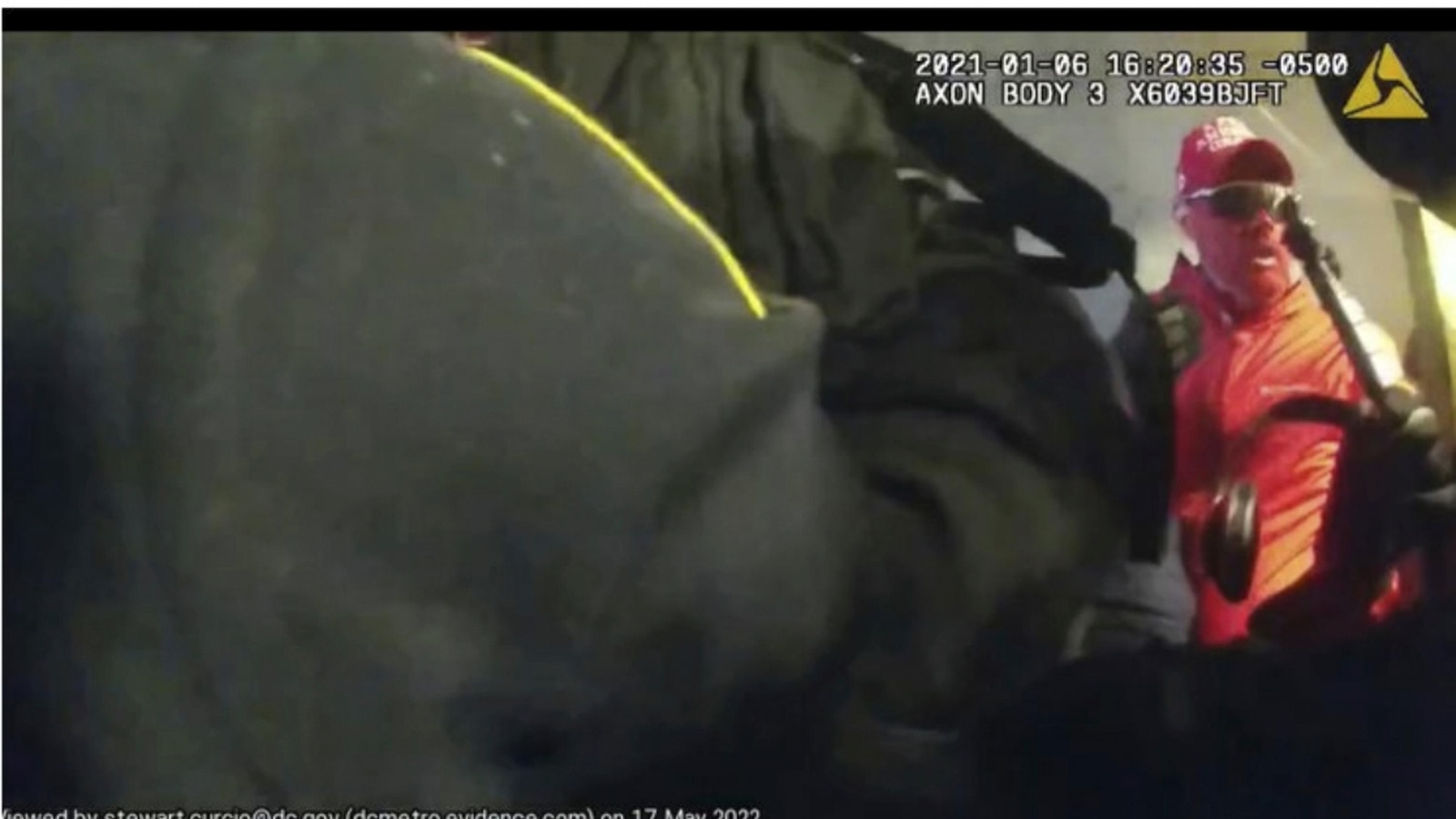The National Collegiate Athletic Association (NCAA) has long been criticized for its strict rules regarding athlete compensation. However, recent developments suggest that the organization is making progress in establishing a new Division I tier that would allow athletes to receive compensation for their contributions to their respective sports programs. This move comes as a response to mounting pressure from athletes, lawmakers, and the public, who argue that student-athletes deserve to be fairly compensated for their time, effort, and talent.
Traditionally, the NCAA has maintained strict amateurism rules that prohibit student-athletes from receiving any form of payment or benefits beyond their scholarships. This has led to numerous controversies and legal battles, with critics arguing that the NCAA’s rules exploit athletes while generating billions of dollars in revenue for colleges and universities. The current system has also been accused of disproportionately affecting athletes from low-income backgrounds, who often struggle to meet their basic needs while dedicating countless hours to their sports.
Recognizing the need for change, the NCAA has taken steps towards allowing athletes to profit from their name, image, and likeness (NIL). In October 2019, the organization’s Board of Governors announced its support for modernizing the rules surrounding NIL compensation. This decision marked a significant shift in the NCAA’s stance and opened the door for athletes to benefit financially from their personal brands.
Since then, several states have passed legislation allowing college athletes to earn money through endorsements, sponsorships, and other commercial opportunities. California was the first state to pass such a law, known as the Fair Pay to Play Act, in September 2019. This groundbreaking legislation prompted other states to follow suit, with Florida, Colorado, and New Jersey among those enacting similar measures. These state laws have put additional pressure on the NCAA to establish a consistent framework for NIL compensation across all member institutions.
In response to this growing momentum, the NCAA has been working on developing its own set of rules to govern NIL compensation. In April 2020, the organization’s Board of Governors directed its three divisions to create new policies that would allow athletes to benefit from their NIL while ensuring fair competition and protecting the integrity of college sports. The NCAA aims to implement these new rules by January 2021, providing a much-needed framework for athletes to navigate the complex world of endorsements and sponsorships.
While the NCAA’s progress in establishing a new Division I tier allowing athlete compensation is commendable, challenges remain. One of the main concerns is maintaining a level playing field among schools, as some institutions may have more resources and opportunities to attract lucrative endorsement deals for their athletes. To address this issue, the NCAA is working on creating guidelines that would prevent boosters or third parties from using NIL compensation as a recruiting tool or a way to circumvent existing rules.
Another challenge lies in ensuring that athletes receive fair compensation without compromising their amateur status or their eligibility to compete. Striking the right balance between allowing athletes to profit from their NIL and maintaining the integrity of college sports is crucial. The NCAA must establish clear guidelines and regulations to prevent potential abuses and maintain the amateur spirit that has defined collegiate athletics for decades.
In conclusion, the NCAA’s progress in establishing a new Division I tier allowing athlete compensation is a significant step towards addressing long-standing concerns about fairness and exploitation within college sports. By embracing the concept of NIL compensation, the NCAA is acknowledging the value that student-athletes bring to their institutions and providing them with opportunities to benefit financially from their talents. However, challenges remain in ensuring a level playing field and maintaining the integrity of college sports. The coming months will be crucial as the NCAA finalizes its rules and guidelines, shaping the future of athlete compensation in collegiate athletics.



